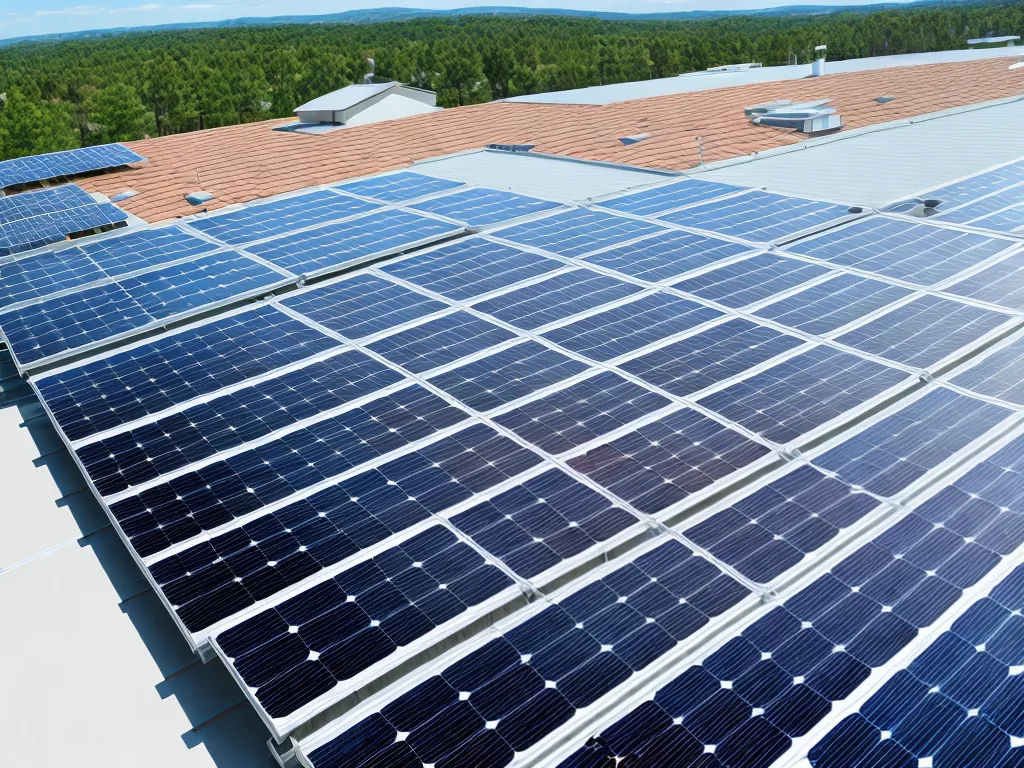
How to Calculate the Payback Period for Installing Solar Panels on Your Commercial Building
Installing solar panels on your commercial building can reduce your energy costs and provide an excellent return on investment. However, determining the payback period - the amount of time it takes to recoup your initial investment - is an important calculation to make when evaluating solar panel systems. Here is a step-by-step guide on how to calculate the payback period for installing solar panels on your commercial building:
What is the Payback Period for Solar Panels?
The payback period refers to the length of time it takes to recover the cost of an investment through energy savings or other financial benefits generated by the investment.
For solar panels, the payback period calculates how long it will take for the energy cost savings from the solar panel system to equal the upfront cost of purchasing and installing the system.
The shorter the payback period, the faster you recover your initial investment and start realizing returns. Many commercial solar installations have payback periods of 5-7 years.
How to Calculate the Payback Period
Calculating the payback period involves these key steps:
Determine the Upfront System Cost
First, you need to determine the total installed cost of the solar panel system. This includes:
- The solar panels
- Inverters
- Racking and mounting equipment
- Permits
- Installation labor
- Any additional electrical work or roof repairs
Get quotes from 2-3 reputable solar contractors to determine accurate pricing. Rebates, tax credits, and other incentives can help reduce the net system cost.
Estimate the Annual Energy Savings
Next, estimate the annual energy savings you will achieve with solar panels. Key factors include:
- Solar panel system size - The number and wattage of solar panels to be installed. Larger systems generate more savings.
- Solar panel efficiency - Measured as a percentage, higher efficiency panels convert more sunlight to energy.
- Sunlight conditions - Your geographic location and average sunlight levels. More sun = more energy production.
- Electricity rates - The $/kWh rate you pay your utility company. Higher rates increase savings.
- Future rate increases - Most utilities increase their rates 3-5% annually. Factor this in.
- Electricity usage - Analyze past electric bills to determine your baseline usage to offset.
A qualified solar contractor can provide a detailed analysis of projected energy savings.
Divide System Cost by Annual Savings
With the total installed cost and estimated annual savings, you can now calculate payback time using this formula:
Payback Period = Total Installed System Cost / Annual Energy Savings
For example, if a system costs $100,000 to install and produces $15,000 in annual energy savings, the payback period would be:
$100,000 / $15,000 = 6.7 years
In this case, the payback period is 6.7 years to recover the initial investment through energy savings.
Other Factors That Impact Payback Period
Some additional considerations when evaluating the solar panel payback period:
-
Electricity cost escalations - Accounting for even modest annual utility rate hikes (3-5%) can significantly reduce the payback period.
-
Solar tax credits and incentives - Federal, state, local, and utility incentives can cover 30% or more of the system cost. Be sure to research available incentives.
-
Depreciation savings - Businesses can depreciate the value of a solar system over 5-7 years for additional tax savings.
-
Maintenance costs - Minimal, but should be factored in when calculating ROI.
-
Cost of capital - If financing the system, factor in loan interest costs.
Conclusion
Determining the solar panel payback period involves a straightforward calculation but requires getting accurate data on system costs and energy savings projections. When considering solar for your commercial building, run the numbers to ensure it pencils out and provides a strong return on your investment over the long run. An experienced solar contractor can provide a detailed analysis to help you make an informed decision.